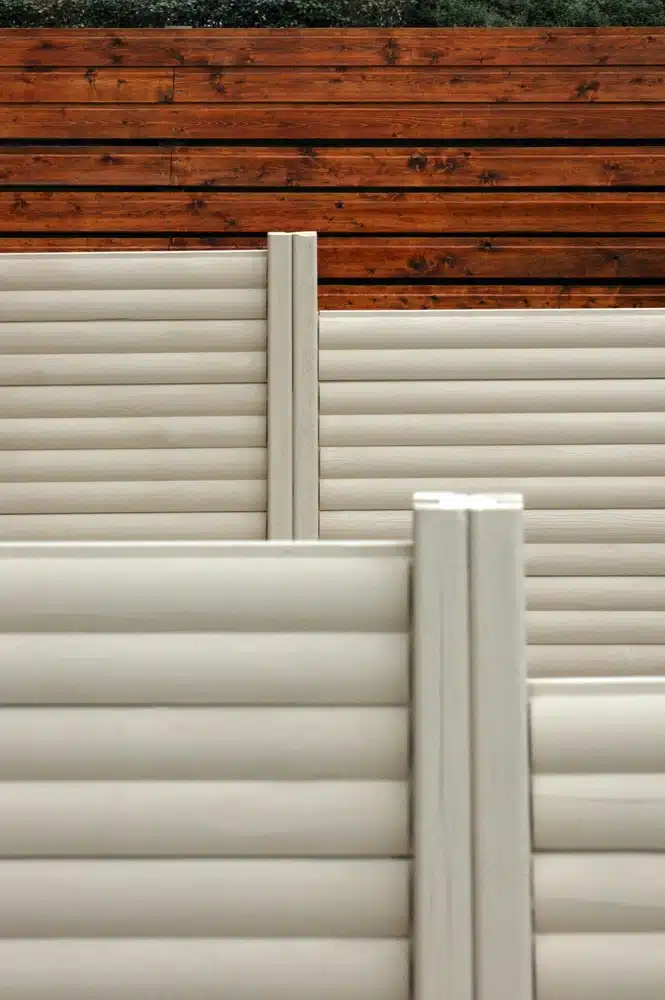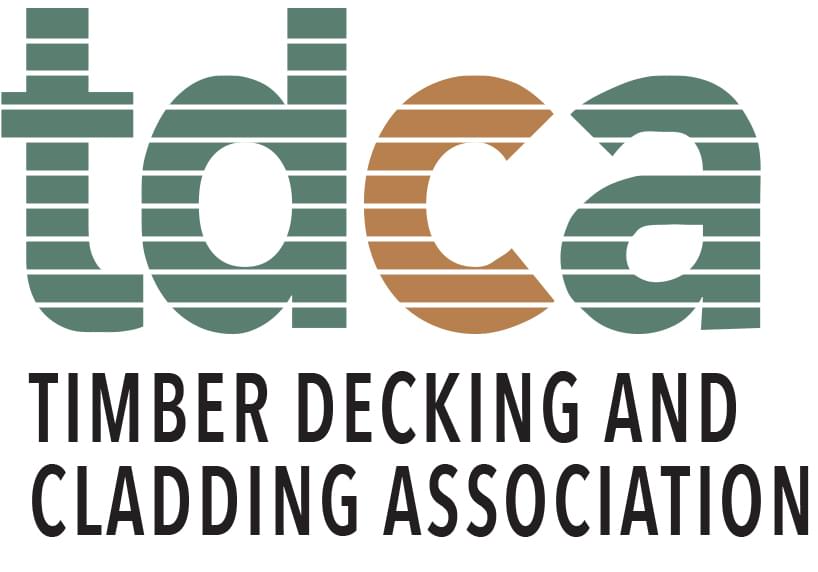Following on from the success of our Wood Care Guide we have produced a series of posts taking you through the process of erecting a new garden fence – right from choosing which type to protecting and maintaining your completed fence. Below you can see each post in the series as well as a brief summary of its contents so you can skip to whichever stage you’re at with your fencing project. Or just start right from the beginning if you’re still umming and ahhing about whether or not to get stuck in!
Part 1: Choosing fence posts
This article discusses the different types of fence posts and why you may or may not want to choose them – it includes benefits and drawbacks of the different types as well as a discussion about which is best.
Read Part 1: Choosing fence posts here.
Part 2: Erecting fence posts
Having chosen your type of fence post, this article explains the different methods available for setting in your fence posts and discusses the methods that are most sensible for different types of fence posts and different types of fences.
Read Part 2: Erecting fence posts here.
Part 3: Choosing the right fence panels
This post is a comprehensive list of the different types of fencing including an indication of cost for each, benefits and drawbacks, suitability for different purposes and some idea about how difficult they would be to install yourself. This is a great introduction to fencing if you have really no idea what is out there as an alternative to traditional lap panel fencing!
Read Part 3: Choosing the right fence panels here.
Part 4: Erecting a lap panel fence
This post explains the process of erecting a lap panel fence including clear instructions for each step of the process. Please note that this article assumes you already know how to set in your fence posts (see part 2 of the guide if not!).
Read Part 4: Erecting a lap panel fence here.
Part 5: Erecting a closeboard fence
This post explains the more difficult process of erecting a closeboard (featheredge) fence including detailed instructions for each step. Some people may say that this type of fence should be erected by a professional but so long as your garden is not steeply sloped you should be able to do it yourself with the right advice.
Read Part 5: Erecting a closeboard fence here.
Part 6: Protecting your fence with saturating oils
This posts explains the benefits of protecting your fence from future damage caused by UV rays and moisture and it focuses on using saturating wood oils to do this – namely Textrol or Deks Olje D1 from Owatrol.
Read Part 6: Protecting your fence with saturating oils here.
Part 7: Protecting your fence with opaque stain
This post explains the benefits of protecting your wood with matt opaque wood stains and focuses on using Owatrol’s Solid Colour Stain (SCS) which is available in 52 different shades and is guaranteed against peeling or flaking on vertical surfaces such as garden fences and for 5 years on horizontal surfaces.
Read Part 7: Protecting your fence with opaque stain here.
Part 8: Using water-based wood protection
This part of the guide walks you through using a more environmentally-friendly water-based wood protection and focuses on the simple preparation an application process for Aquadecks ready-to-use wood treatment from Owatrol.
Read Part 8: Using water-based wood protection here.
Part 9: Keeping your fence in great condition
The final article in our fencing guide focuses on keeping your fence looking as great as the day you finished it. It takes you through the small amount of maintenance required when protecting your fence with a product from the Owatrol range and highlights the benefit of this. Although you may have to spend more initially to buy top quality products from Owatrol, you can do so safe in the knowledge that they do what they say they will and will provide exemplary protection for all your hard work putting up your own new garden fence!
Read Part 9: Keeping your fence in great condition here.
We’d love to hear what you think of our fencing guide and even better than that, we’d love to hear from our customers which guides you’d like to see featured in the future!
Please note that Owatrol UK can take no responsibility for the advice offered on this page. Before you begin any DIY project you should be aware of any possible health and safety issues – if in doubt seek professional assistance. If you are unsure then please get in touch with you and we can provide assistance where possible.
We hope this post on our garden fence guide interesting. If you have any other advice or top tips, please feel free to leave them in the comments below. We love hearing from you!
You can also follow us on Twitter, Facebook, Instagram or Pinterest at @OwatrolUK or find us under the hashtag #OwatrolUK









